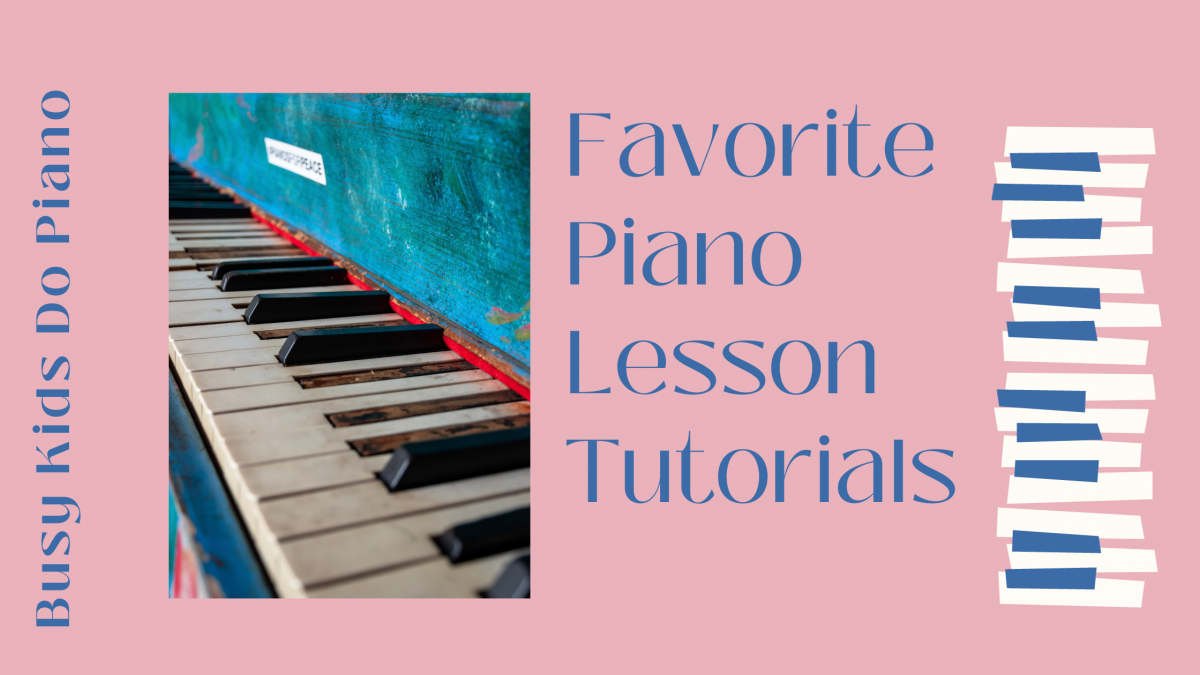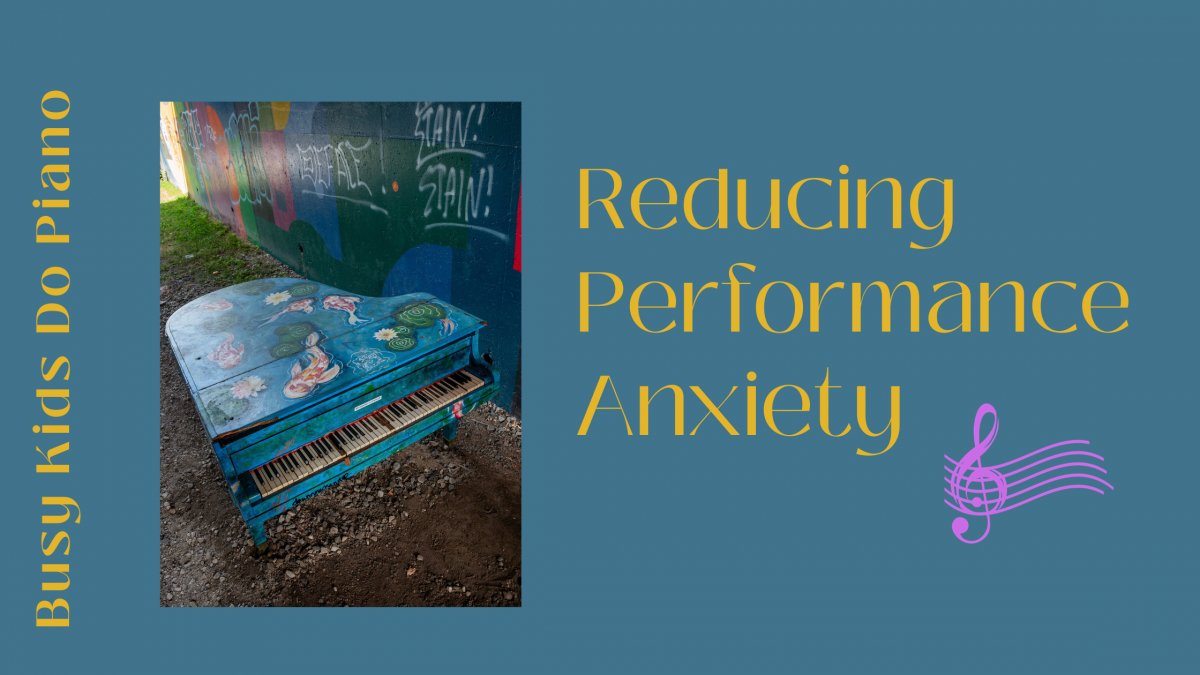I’ve been creating video piano lesson tutorials for my online piano lessons for almost 5 years. In that time, we’ve created hundreds and hundreds of videos. Some tutorials teach the very basics of playing piano. Others are for more advanced pieces. Some are show tunes or the latest Disney song that your child is singing on repeat.
While these lessons are set up in my online memberships in a very structured way — with printable materials and theory worksheets — I also share a lot of them at no cost. If you’re following me on Facebook (or YouTube) chances are you’ve watched a few of these free piano lesson tutorials.
Because I have SO MANY piano lesson tutorials available to you, I thought I’d make them easier to find. In this post, you’ll find them categorized — with the link to view them on my Facebook page — below. Continue reading “Favorite Piano Lesson Tutorials”











